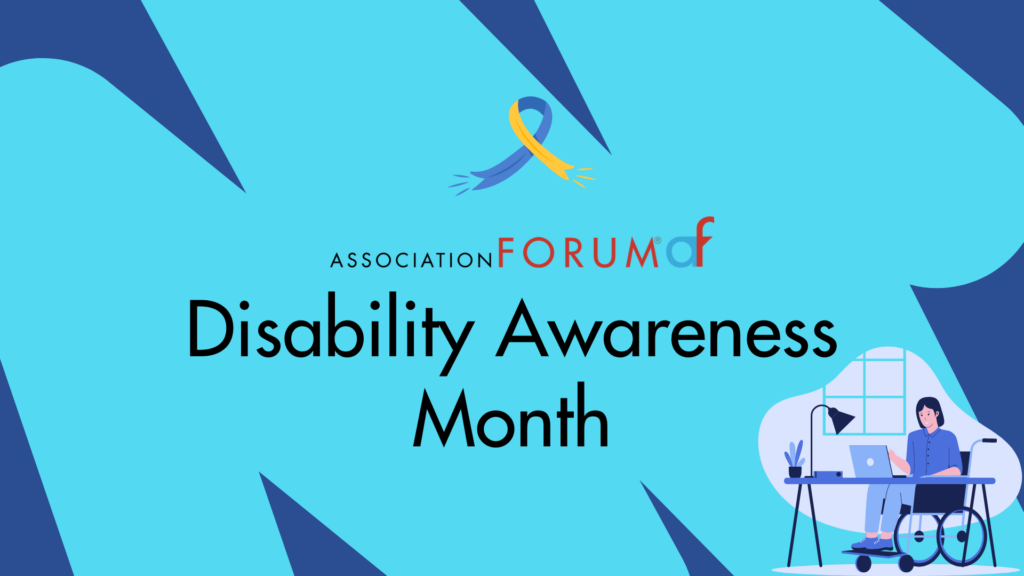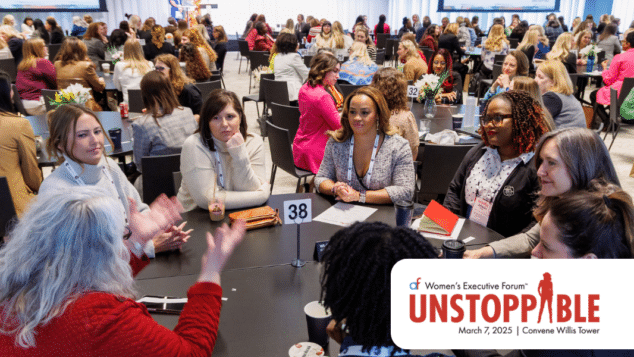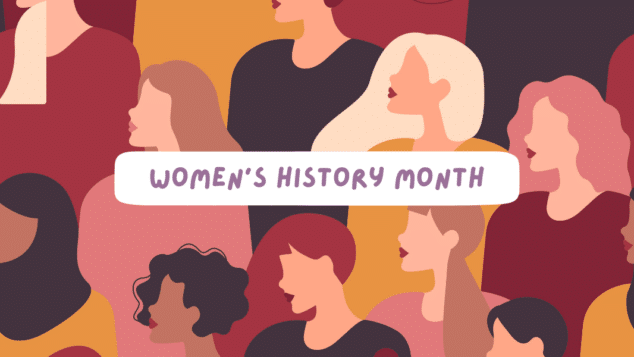Accommodating Disabilities at Work and Events

In this video, association professional and disability advocate Samyuktha Neeraja, MPH, CAE, gives expert advice on providing accommodation and making employees and attendees feel like they belong. Toggle “CC” in the lower right of the video to turn on captions. Or, read the transcript below (note, this transcript was generated by AI).
Video Transcript
Hello and happy Disability Pride month. My name is Samyuktha Neeraja, and I am the State Associations Relations Manager at the American Association of Nurse Anesthesiology, located in the Chicago area. I’ve been working in the association industry for eight and a half years, and I’ve been a member of Association Forum for about the same amount of time. I’m also a disability advocate and steward of diversity, equity, and inclusion. Every July, we celebrate disability Pride month, where we honor the history, achievements, and contributions of the disability community. The goal is to promote awareness and inclusion of people with disabilities while combating societal misconceptions and discrimination. There are 1.3 billion people worldwide that identify as having a disability and a diverse community continues to grow. Accessibility is necessary for us to survive and thrive in this world when it comes to workplaces and events. Accessibility refers to the creation and implementation of environments, products and services that enable people with disabilities to fully participate.
This involves the removal of barriers and ensuring that individuals have equitable opportunities to succeed. I am now going to list various of examples of accessibility measures for workplaces and events to put into place, and I’ll break it down into three categories of accessibility, physical, digital, and communication. For physical accessibility, it involves making sure the space has ramps, elevators, automatic doors and wide doorways to accommodate wheelchair users and people who use mobility devices providing adjustable desks, accessible common spaces and restrooms are also other examples, having accessible parking spots and transportation options. My visibility is dwarfism, which is a physical disability that results in adult short stature. Some accommodations that I usually request are step stools, things lowered or placed on standard height tables and extra time to get to places For people with the digital access needs, you’ll want to provide screen readers, speech recognition software, and other assistive technologies depending on what they may need.

Make sure your website follows the web content accessibility guidelines so that people with disabilities can access your online resources for communication accessibility. That includes providing visual aids and materials in braille, large print or audio formats. For example, offer sign language interpreters for meetings and presentations. Ensure that your video content has closed captioning and meetings are transcribed. You must also be willing to make any necessary adjustments to work schedules, job responsibilities, and other areas of the workplace to accommodate your employees with disabilities when needed, make sure your work policies and procedures keep people with disabilities in mind. And lastly, please make sure you educate your staff about disability awareness and inclusion. When workplaces fail to accommodate, it significantly impacts our ability to perform our jobs. To me, the primary accessibility barrier is people’s attitudes. Seeing us as less capable or viewing accommodations as a burden leads to discrimination.
A lack of awareness among colleagues results in unintentional exclusion and lack of support. It is crucial to listen to and believe people with disabilities involving them in conversations and decision-making processes. Failure to accommodate is not just detrimental, but also against the law to ensure accessibility measures such as the examples I mentioned are put in place at events. Here are several tips. Create a space for attendees to effectively communicate their requests. Stay in touch, actively listen, communicate, and follow through a point of contact to be available on site to make sure the accommodation is put in place and to address any issues that come up. Lastly, adopt a can-do attitude. Accessibility is not special treatment or an added bonus. It’s a basic necessity. People with disabilities deserve to have access, be included, and succeed just like everyone else. By promoting disability inclusion and prioritizing accessibility, you uphold our rights as human beings. Accessibility helps all of us. Thank you for watching.
Tags
Related Articles
Tips for Creating a Welcoming Meeting Environment
Creating a truly inclusive annual meeting means going beyond ADA compliance—discover how one association builds...
POV: My First Time at Women’s Executive Forum™ Was Inspiring and Invigorating
A first-time attendee of the Women’s Executive Forum 2025 reflects on the event’s inspiring energy,...
It’s Not Too Late! Celebrate Women’s History Month in March
Celebrate Women's History Month in Chicago with these five impactful ideas to honor, empower, and...






